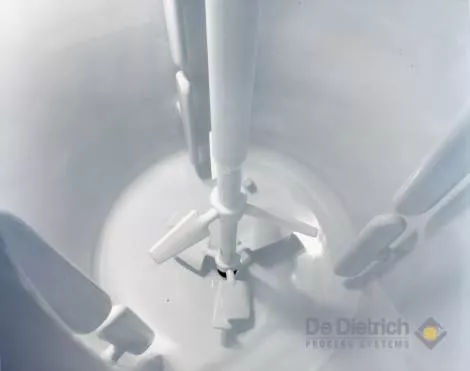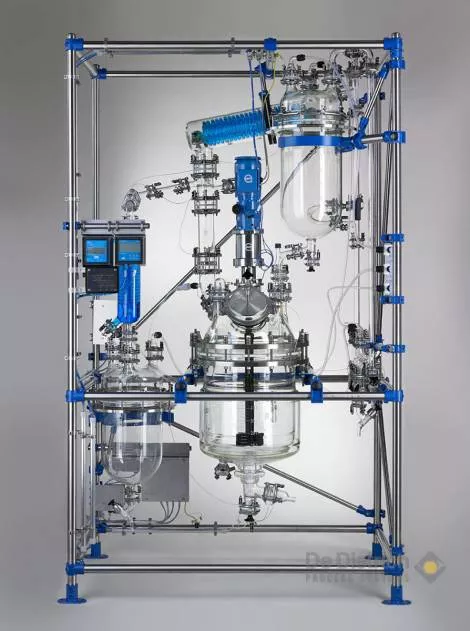The benefits of Glass and Glass-Lined Steel Reactors
Material of construction is a primary factor in equipment selection, especially when you are dealing with a product that requires a high level of corrosion resistance and purity.
If that’s the case, then glass and glass lining are most likely among your top choices.
Both offer similar advantages, but there are obvious differences that set them apart. So how do glass and glass-lined steel compare to each other with regards to overall performance?
Advantages of Glass-Lined Steel
The composite metal/glass material of construction provides the benefits of both primary components.
The external steel construction offers strength while the internal glass lining gives nearly universal corrosion protection and a smooth non-contaminating surface. The result of this is:
- Corrosion resistance to both acids and bases
- High operating temperatures and pressures
- Ability to add or remove heat to the batch
The process of fabricating glass-lined steel equipment fuses the glass to the steel.

Advantages of Glass
While the all-glass design lacks the strength provided by external steel construction, Borosilicate glass 3.3 reactors provide the same superior corrosion resistance as glass-lined vessels with the additional benefit of process visibility. This feature makes components from the QVF® Supra series a popular choice in research and development as well as kilo plant production applications throughout the chemical, biotech, and pharmaceutical industries.
Advantages of Combination Glass / Glass-Lined Steel
A third option, which we refer to as the VERI reactor, provides the best of both worlds. The glass-lined steel body allows for higher jacket pressures, allowing for higher heat transfer rates via higher turbulent jacket flows.
The body’s material of construction also allows for higher temperature differentials, again providing higher heat transfer.
Due to the flanged bottom outlet connection, the VERI reactor body can also utilize the De Dietrich glass-lined steel Clean Valve, which allows for a variety of functions without the need to interrupt the process and without dismantling the valve.
The glass reactor head provides excellent visibility for observation of process scale up and development. It also simplifies the inspection process when you are confirming a CIP process. By looking right through the reactor cover you can easily assess important aspects of your operation, such as if your process is foaming, whether the solids disperse or clump, and any mixing issue that might be occurring (e.g. suspensions not adequate).
Using strong, corrosion resistant glass-lined steel integrated with a glass cover and overheads, the VERI reactor features the same corrosion resistance as a glass-lined unit, but additional visibility. This combination reactor model is widely used in pilot plant units due to its robust design.
